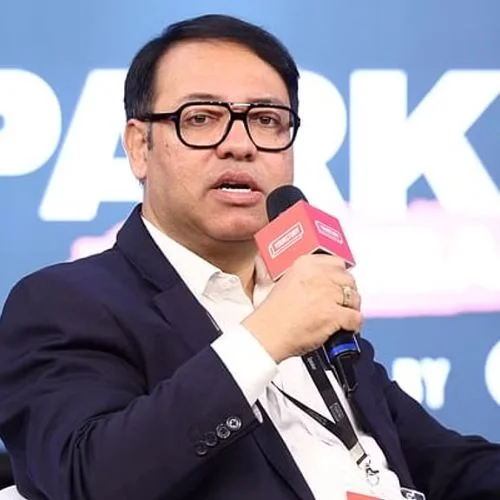In an interview with Mint, BharatPe chairman Rajnish Kumar stated that from the company’s standpoint, there has been a complete change in corporate governance.
BharatPe, a fintech company, is transitioning from an individual-focused entity to a professionally-run entity, according to chairman Rajnish Kumar. Kumar, who previously served as chairman of State Bank of India, which led the bailout of private lender Yes Bank in 2020, said the company is now focused on achieving profitability over the next 6-10 months. Extracted from an interview:
According to media reports, Bhavik Koladiya, co-founder of BharatPe, resigned due to disagreements with the company. What caused his departure?
The original founders are Bhavik and Shashvat Nakrani. Bhavik has worked as a consultant at BharatPe for the past five years. So, after helping to build the company, there is a fairly large team in charge of day-to-day operations. The business has matured. It is now managed professionally. There will be an expanded board in a few days. BharatPe is evolving from an independently driven company to a professionally managed company. As far as guidance or advice is concerned, it will remain available. Bhavik’s five-year consulting contract is coming to an end. The company will decide in what form or shape the new contract will be signed, keeping in mind the individual’s own compulsions and desires; we should not read too much. According to reports, the company is in settlement talks with Ashneer. What is the current situation? Ashneer is an investor. The rest is up to the company and him.
Are you upset about what happened between BharatPe and Ashneer?
I’ve always believed that jo bhi hota hai theekh hota hai. In corporate governance, there has been a complete shift from the company’s perspective. According to the predictions, the company will now be professionally driven and fully compliant with regulations. As previously stated, the company has progressed to the point where it will no longer be dependent on a single individual. Any company that wishes to expand beyond a certain point must have its own strengths in order to survive without relying too heavily on an individual. It is now more about collaboration and business strategy. To that extent, whatever has occurred has had no effect on the business’s performance. The emphasis is on how the business will become profitable. The company will become profitable within the next 6-10 months. We’re getting ready for it. We’re looking at a timeframe of 18-24 months.
You had put the Yes Bank restructuring plan together. Are you pleased with how the bank has evolved over the last two years?
According to SBI, the investment was made at 10.40. There was widespread concern that taxpayer money was being squandered. So all of the skeptics were proven wrong. In the sense that, regardless of the current price, SBI can easily earn a 50% return in three years, which is a reasonable return. There is no cost to the company in terms of investment. It is also about the national obligation to save a bank the size of Yes Bank. What would have happened if the SBI had not intervened? What effect would this have had on the private sector? From that standpoint, it was a satisfactory opportunity.
What has changed at Yes Bank since the founder stepped down, in your opinion?
Yes Bank now has a professional board of directors. The first thing that happened after restructuring was liquidity and capital infusion. What is important is the bank’s governance philosophy. The rest of the time, they didn’t go for a management change. This reinforces the point that if you have a board that is transparent, acts independently, and allows key management, including the MD and CEO, to operate freely, things can be turned around. What eventually changed is the board of directors, managing director, and chief executive officer. Everything else is the same.














